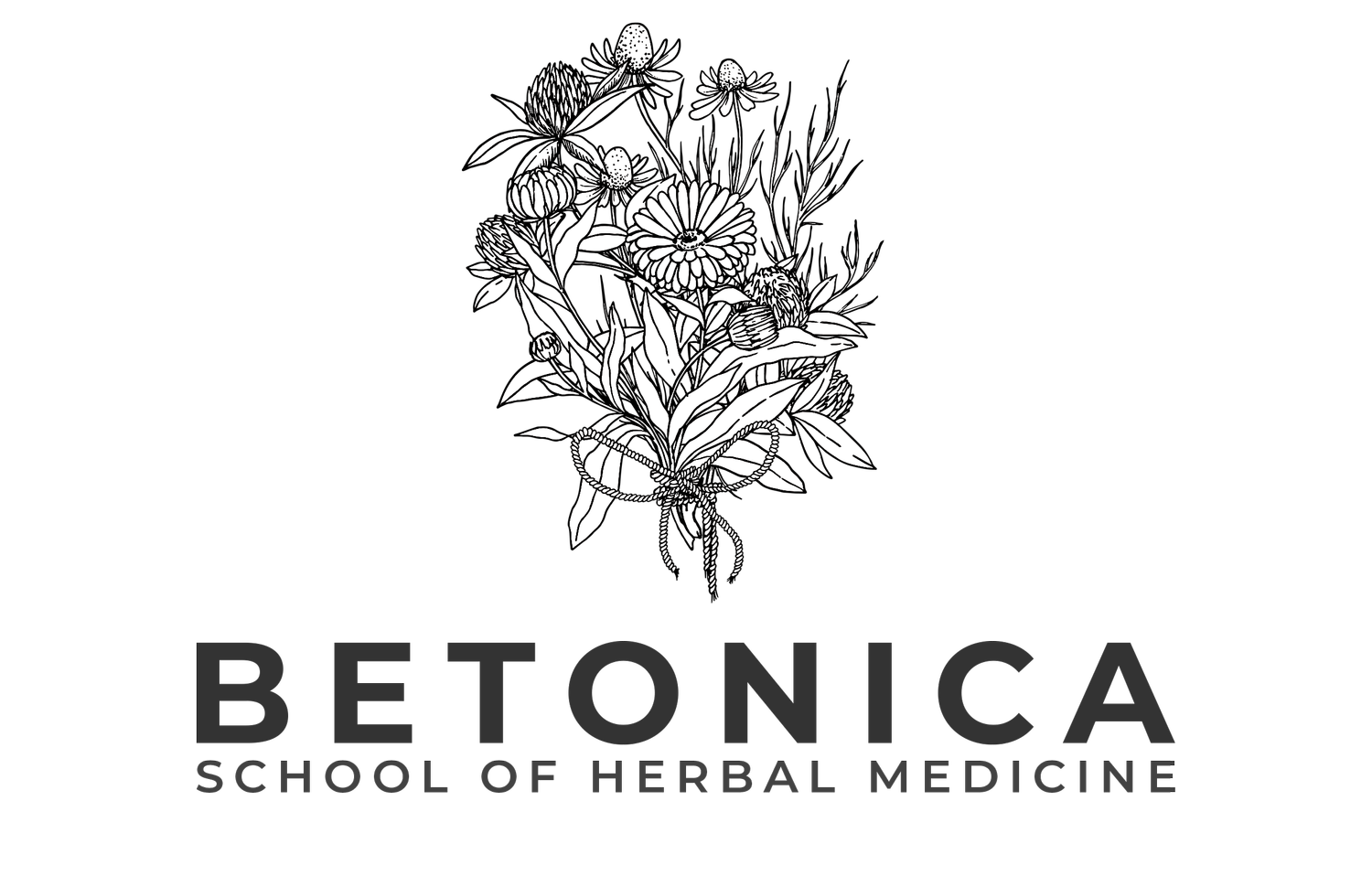HERBARIUM PROJECT
The herbarium project aims to assess student’s plant identification skills (botany), ethical plant collecting, drying and mounting skills as well as knowledge and research of local medicinal plants.
You are required to collect 3 [THREE] medicinal herbarium specimens each year in year 1 and year 2 . These specimens can be from any WILD herb, shrub, vine or tree as long as you can find a medicinal reference for its use and they are not rare or protected. They should cover 3 different plant families for diversity.
During your Botany seminars, you will be taught more in-depth information about the herbarium project and how to successfully create your own herbarium, which will serve as an invaluable resource in your herbal studies.
summer task
If you have some time available over the summer months, consider gathering a few herbs from your local area and spend some time learning about the herb and practicing the art of pressing plants. This can be a rewarding and educational experience, allowing you to connect with nature while building your herbal knowledge BEFORE THE START OF THE ACADEMIC YEAR COMMENCES.
Each year the Herbarium Project is updated and guidance clarified. Please review this version.
HERBARIUM PROJECT
HANDBOOK
BASIC COLLECTING AND PRESSING
labelling your specimens
Label requirements are different at year 2
Start practicing how to label your herb specimens correctly and accurately. Use the example label provided below as your guide to ensure consistency and clarity. The font used for the labels should be Arial at a size of 10pt.
During Year 1, you will learn important information regarding the actions, indications, and precautions associated with various herbs; therefore, for now, you may leave these sections blank while you focus on mastering the basics of proper labelling.
Scientific Name: Betonica officinalis L.
Common synonyms: Stachys officinalis L. (Trevis.)
Common Names: Wood betony, betony, Bishop’s wort
Family: Lamiaceae
Description: 40-cm high, light scent when crushed, flower dark purple/magenta, 4 stamens paired in upper hood of corolla. Basal rosette of crenate leaves.*
Location: Amwell Lane, North edge of allotments SG12, 51°47'25.4"N 0°00'10.6"W
Habitat: Sloping, open meadow, full sun, growing with various Poaceae, Bellis perennis L. and Prunella vulgaris L.*
Sustainability/conservation status: Widespread native in England. BSBI Red List: least concern.
Collector No.: 0001 Date Collected: 15 June 2021 Student No. Leave blank (you will receive your student number in September)




